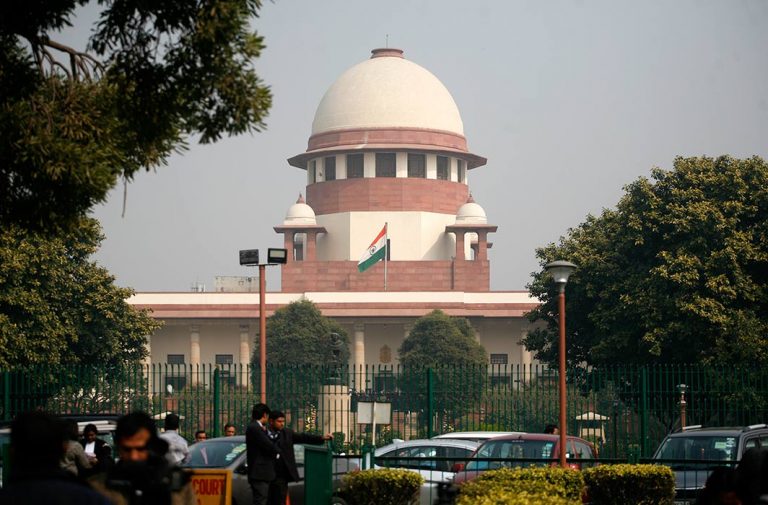
The sixth day of the Ayodhya hearings saw the advocate for the Ram Lalla Virajman CS Vaidyanathan holding centre stage almost throughout the day while arguing that it is the “belief and faith” of Hindus that Ayodhya is the birthplace of Lord Ram and he was born at the site of the disputed structure.
He told a five-judge Constitution bench headed by Chief Justice Ranjan Gogoi and comprising of Justices SA Bobde, DY Chandrachud, Ashok Bhushan and SA Nazeer that according to Hindu ‘puranas’ (ancient sacred writings) it is the belief of Hindus that Lord Ram was born in Ayodhya and the court should not go beyond to see how rational it is.
Vaidyanathan referred to various European books which describe the city of Ayodhya and also to constructions/ temples in the city dedicated to Lord Ram. He also referred to a travelogue written by English merchant William Finch, who had visited India between 1608-1611, and recorded that there was a fort or castle in Ayodhya where Hindus believed Lord Ram was born.He said the book had spoken about the demolition of temple and construction of mosque by either Babar or Aurangzeb. The author of the book has narrated what he had heard, he has not witnessed anything. However, the book is of sufficient antiquity that it has credibility, he said.
He also referred to other travelogues, including those by British surveyor Montgomery Martin and jesuit missionary Joseph Tiefenthaler, to support his arguments about faith of people that Ayodhya was the birthplace of Lord Ram.
During the arguments, the bench asked Vaidyanathan, “When was it first called Babri Masjid?” Responding to the query, the senior counsel said, “In the 19th century. There is no document available to show that earlier (prior to the 19th century) it was known as Babri Masjid.” To this, the bench asked, “Is the ‘Baburnama’ (memoirs of Mughal ruler Babur) totally silent on this?”
When Vaidyanathan said that ‘Baburnama’ is silent on this, the bench said, “What is the objective evidence available that Babur directed for its (temple) demolition?”
To this, the senior counsel said Babur had asked his general to demolish the structure.
Senior advocate Rajeev Dhavan, appearing for the Muslim party, objected to Vaidyanathan’s submission about ‘Baburnama’ being silent about Babur’s visit to Ayodhya. Dhavan said that ‘Baburnama’ mentions Babur crossing the river to Ayodhya and some of its pages are missing.
During the arguments,Mr Vaidyanathan said that there were two versions – one about demolition of the temple by Babur and other about its demolition by Mughal ruler Aurangzeb – but the inscription in the mosque suggested that Babur constructed the three dome structure at the disputed site.
“It is clear that the structure (temple) was there,” he told the bench, adding, “This (masjid) construction has come up at a place which is believed by the Hindus to be the ‘Janmasthan’ of Lord Ram.”
At the outset, Vaidyanathan said he would first deal with documentary evidence and then come to oral evidence in the case followed by evidences of Archeological Surveys there.
–India Legal Bureau

